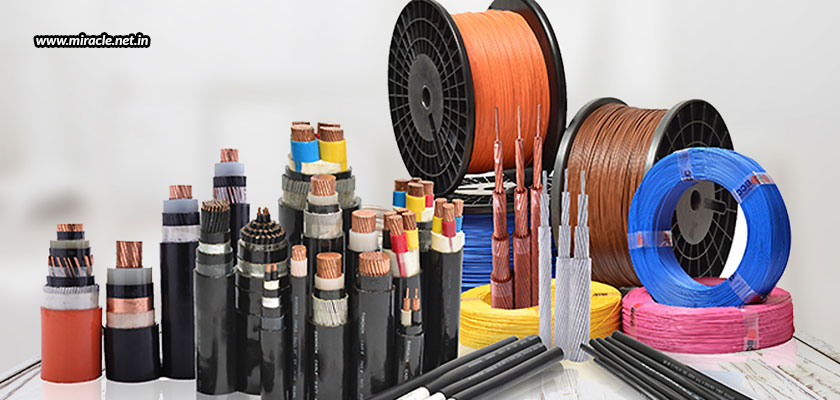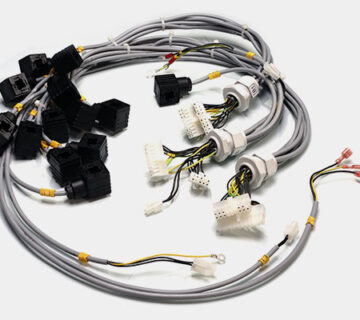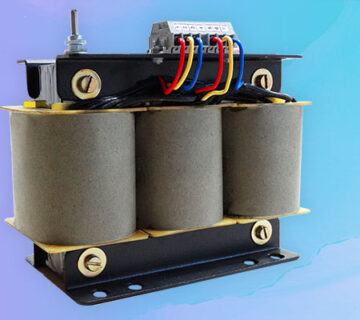None of us can imagine life without electricity today. We need electricity for entertainment purposes like watching television and listening to our favourite tracks on the CD player. We need electricity for everyday purposes like using the lights, fans, air condition, refrigerator, and microwave oven. We need electricity for charging our most essential smartphones and laptops. Hence, we simply just can’t do without electricity. And, how do we get that electricity into our sockets to be supplied to us? With the help of wires!
Have you ever imagined how many wires are running around the walls of your home? With at least one socket in each room, you have all sorts of wires running from the mains to the socket; so just imagine the number of wires powering all those sockets in all your rooms! There are hundreds of wires, in a range of different types, in various sizes and materials, catering to different capacities of electrical transmission; each serving its own individual purpose. Let’s explore, in this blog, the different types of wires available that could be running across your house.
Wires
Copper wires are the most common electrical conductors in home wiring, which come with minimal resistance at a reasonable price. They are grouped by gauge numbers ranging from 0 to 40, the most common ones used for a house ranging between 10 and 20.
Cables
Cables are made of multiple wires combined together, the most general combination used in homes being ground wire, neutral wire, and phase wire.
Low voltage wires
These wires are basically used for communication and alarm purposes, where circuits typically require 50 volts or less. They are braided, twisted, and plastic-jacketed. The most common applications include doorbells, telephone systems, and burglar alarms. The wire sizes range between 12 to 22 gauge.
Television wires
These are lead-in wires that connect the television to the antenna on the roof. the typical television wire used in a house is a good quality 300 ohm wire, which is used for both VHF and UHF receivers.
Networking wires
These wires include connecting multiple computers, audio systems, modems, etc. They are used to transmit electric signals to and from telephones, CCTV cameras, internet, and other signal using devices. The best examples of these wires are fiber optic cables, coaxial cables, and twisted pair cables.
NM cables
These cables are designed for interior usage in dry locations. They have a flattened tubular shape, running invisibly through the walls and floor cavities in a house. Generally, all the wiring in outlets and light fixtures re NM cables, with the most common sizes used being 6 gauge, 8 gauge, 10 gauge, 12 gauge, and 14 gauge.
UF cables
These are non-metallic cables designed for wet locations, directly buried into the ground. They consist of insulated hot and neutral wires, with an additional bare ground wire, which are used for supplying outdoor fixtures like lampposts, and major circuit wiring.
These are just the very basic wires and cables used in a home. Depending upon the location, requirement, and purpose, there could be many other wires used. And, Miracle Electronics is well versed with all of them. In fact, we have great expertise in manufacturing all kinds of wires, cables, and harnesses, such as Emi shielded, multi-wire, flat, ribbon, RF, airborne, military, and many more. We are thus the most trust manufacturer of cable harness assembly in India, with each product that we offer being certified and approved by DGAQA and MSQAA for platform specific applications; and our production processed being certified for quality to ISO 9001, AS9100C. You can buy from our readily available options, or have your cable harness perfectly customized as per your requirements.




